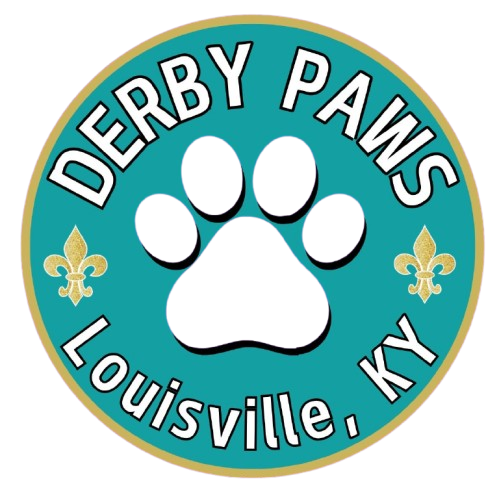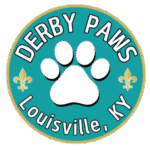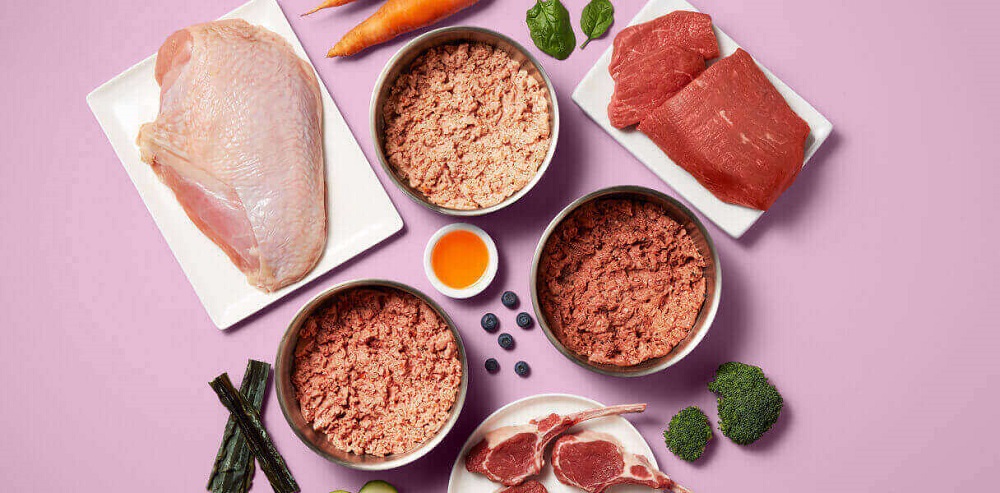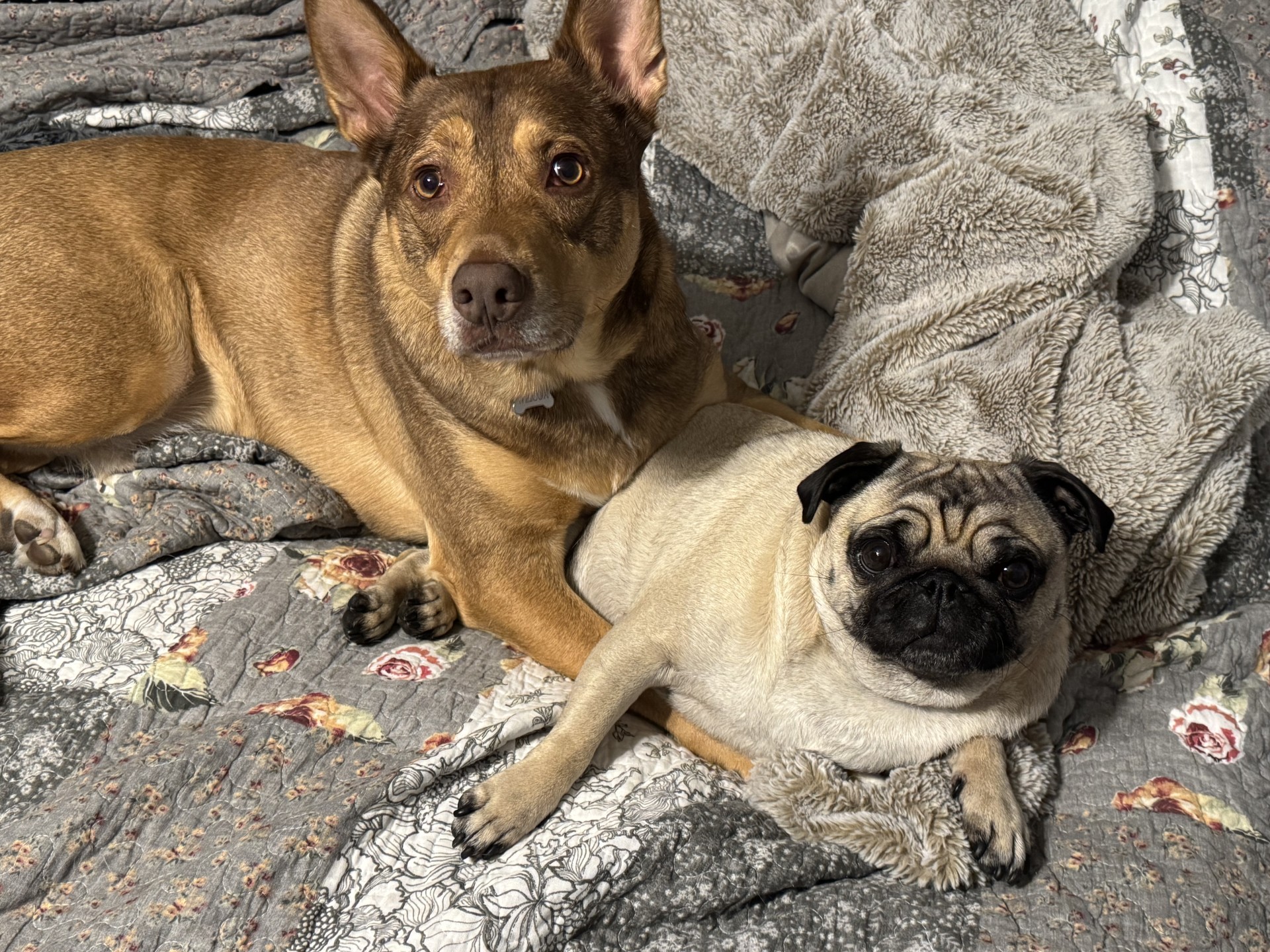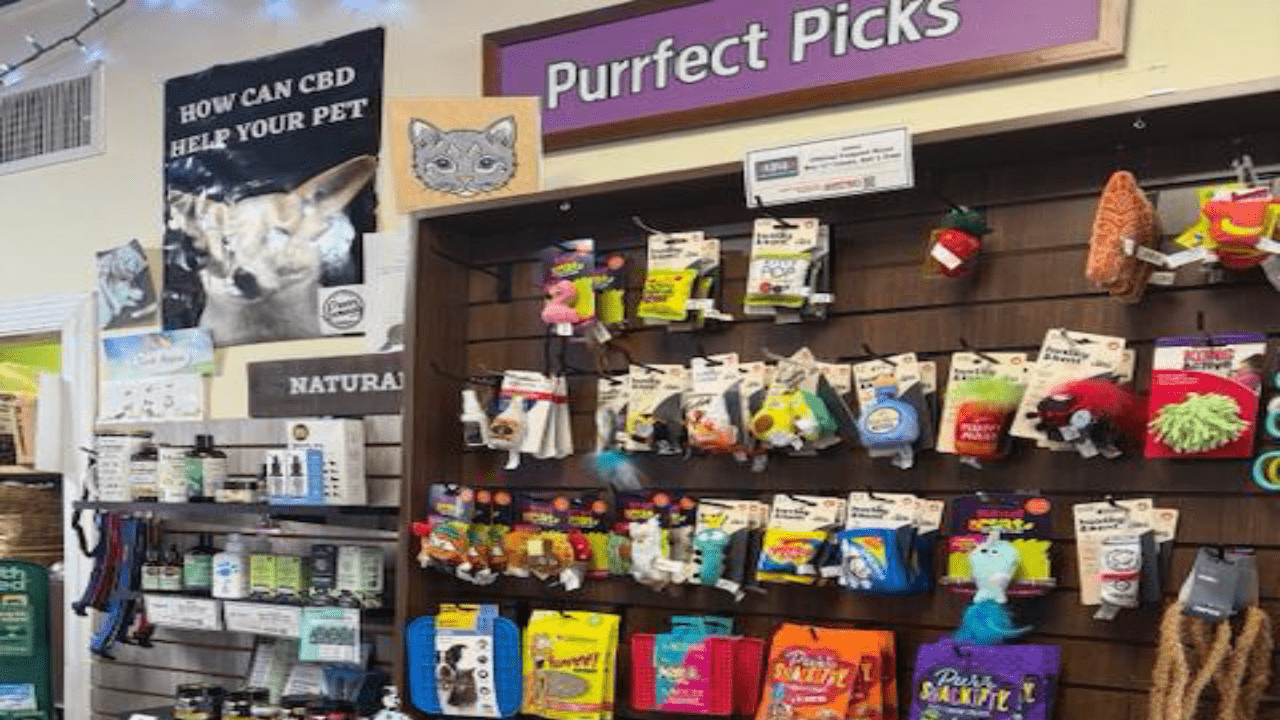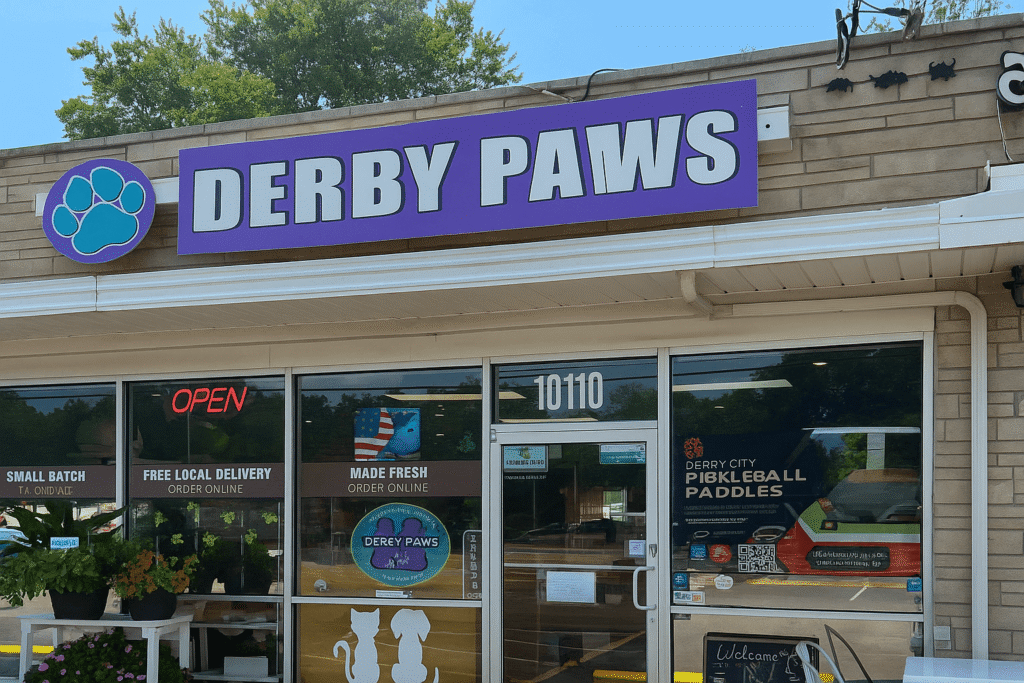Why Raw & Gently-Cooked Diets Are Gaining Popularity for Dogs
More pet parents are ditching traditional kibble in favor of raw or gently-cooked diets—and it’s not just a trend. Backed by growing research and real-world results, these feeding methods promise better nutrition, improved digestion, and enhanced vitality for dogs of all breeds and ages.
So what’s behind the shift? As a veterinarian and canine nutrition advocate, I’m here to unpack why raw and gently-cooked diets are gaining so much momentum—and what you should know before making the switch.
🥩 What Is a Raw or Gently-Cooked Diet?
- Raw Diet: Typically includes uncooked muscle meat, organs, raw bones, and sometimes fruits and vegetables. Often referred to as a Biologically Appropriate Raw Food (BARF) diet.
- Gently-Cooked Diet: Fresh whole foods cooked at low temperatures to preserve nutrients, while reducing the risks associated with raw meat.
Both aim to provide minimally processed, high-quality nutrition that aligns with a dog’s natural dietary needs.
🧬 1. Closer to a Dog’s Ancestral Diet
Dogs may be domesticated, but their digestive systems still closely resemble their wild ancestors—who thrived on raw prey, not processed pellets. Raw and lightly-cooked diets offer:
- High moisture content (essential for hydration and kidney function)
- Natural amino acids and enzymes
- Little to no fillers or synthetic preservatives
💩 2. Improved Digestion and Stool Quality
One of the first benefits dog owners notice is firmer, smaller, less frequent stools. That’s because fresh food is more digestible, and there’s less waste produced.
- Gently-cooked meals are easier on sensitive stomachs.
- Raw diets promote healthy gut flora.
- Both help dogs with IBS, allergies, or chronic GI upset.
🦷 3. Better Dental Health (Especially with Raw)
Raw diets that include raw meaty bones can help reduce plaque buildup and promote strong, healthy gums. Chewing natural bones:
- Scrapes away tartar
- Exercises jaw muscles
- Keeps your dog mentally engaged
(Note: Always supervise bone chewing and avoid cooked bones, which can splinter.)
🐕 4. Shinier Coat, Healthier Skin
Fresh, whole-food diets provide a natural balance of omega-3 fatty acids, vitamins, and minerals that support:
- Reduced itching and hot spots
- Less shedding
- A silky, shiny coat
Many owners notice improvements in skin conditions within weeks of switching.
⚖️ 5. Weight Management and Muscle Tone
Kibble can be calorie-dense and carb-heavy. Fresh diets—especially those portioned based on your dog’s activity and size—support:
- Lean muscle mass
- Better energy levels
- A healthy metabolism
This is especially helpful for overweight dogs, aging pups, or breeds prone to obesity.
⚠️ Things to Keep in Mind Before Switching
- Work with a vet or pet nutritionist. A poorly balanced raw diet can lead to deficiencies.
- Sanitation is crucial. Always handle raw food with care and clean surfaces.
- Transition gradually. Sudden changes can upset the digestive system.
- Choose trusted sources. Not all raw or cooked foods are created equal—go for brands that use human-grade, USDA-inspected ingredients.
🛒 Where to Start?
Looking to try raw or gently-cooked meals? At Derby Paws, we offer:
- Natural pet supplies
- Frozen raw meals from trusted brands
- Gently-cooked options made in USDA kitchens
- Feeding guides and consultation support
We’re here to help you make the healthiest choice for your dog—safely and confidently.
✅ Quick Summary:
- Raw and gently-cooked diets are more natural and digestible.
- They support gut health, skin, coat, energy, and weight.
- Transition slowly and always seek expert guidance.
